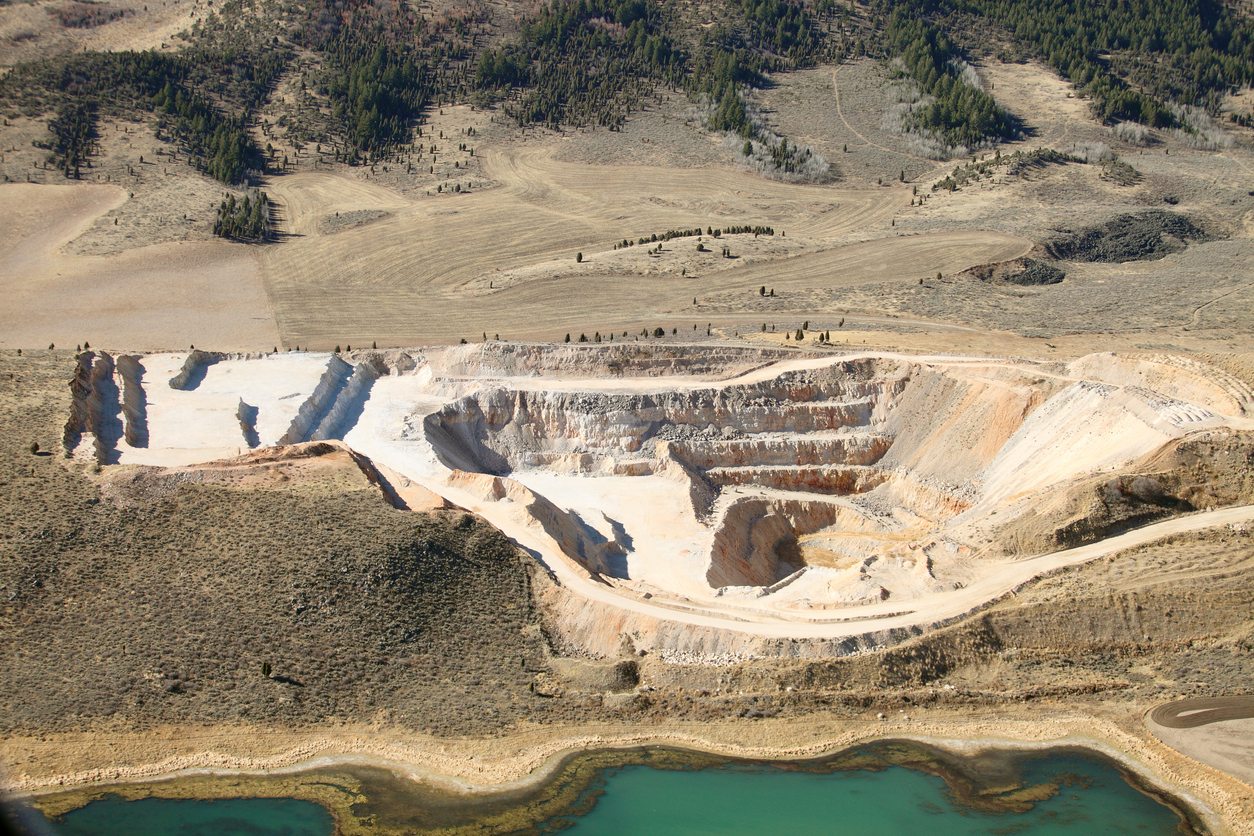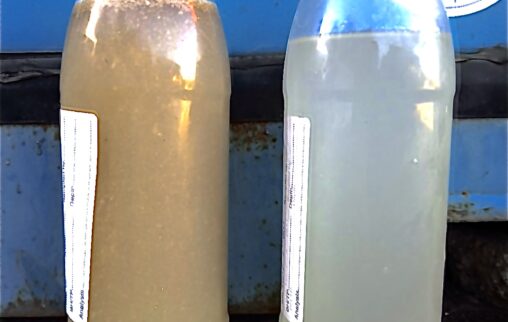Phosphate use has quadrupled in the last 50 years as the global population has continued to grow. There are approximately 65bn tons of phosphate resource globally – with 50bn tons located in Morocco and the Western Sahara. The other reserves are mainly spread across the USA, China, Algeria, Syria and Brazil (1). Sedimentary phosphate rock deposits often contain fossilized remains of ancient fish and aquatic animals, such as manatees, sharks and whales. Phosphorus occurs as the Phosphate ion contained in Phosphate rock. Phosphate compounds are used mainly in the production of fertilizers, but also in many other applications such as cleaning products, food additives and even works to store energy in our cells.

The current political unrest between Morocco and the Western Saharan region causes uncertainty over the stability of Phosphate rock supplies and the world’s dependency on one source. According to studies at the University of Technology in Sydney, demand will only increase, as Sub-Saharan Africa and Southeast Asia’s needs rapidly grow (2).
Phosphorus is the 11th most common element on Earth and the 2nd in the human body (3). As Phosphorus is one of the three elements critical to plant growth, it’s used across the whole spectrum of the farming industry, as a fertilizer to grow crops and as a food supplement for animals. Small scale producers, subsistence farmers and private individuals use phosphate fertilizer to improve the quality of their produce as do large manufacturers who farm on an industrial scale.


Phosphorus helps ensure optimal growth of plants, it gives the plants energy to extract other nutrients from the soil and helps capture and transform the sun’s energy into chemical energy (photosynthesis). Phosphate rock reserves and resources worldwide are finite and have become an issue of concern. According to a study published by International Fertilizer Development Center (IFDC), phosphorus mining may “peak” in 2033-2034 and then reserves will steadily decrease. Many agricultural groups depend on supplies of inorganic fertilizer (a component part is rock phosphate) and fear the negative effects on the world’s food security and production post “peak phosphate”. It’s felt that any shortage of phosphate may lead to food production being halved and what produce is available, becoming exorbitantly priced and out of the reach of many (4).
The answer is to find an alternative source.
To find out more about Phosphate use, the multiple effects on our environment and the simple solutions to this worldwide problem, see our linked news items.
1. statista.com/statistics/681747/phosphate-rock-reserves-by-country 2. theatlantic.com/science 3. science.howstuffworks.com/phosphate.htm 4. ifdc.org/2010/09/22
See our Phosphorus page or Get in touch for more information.




